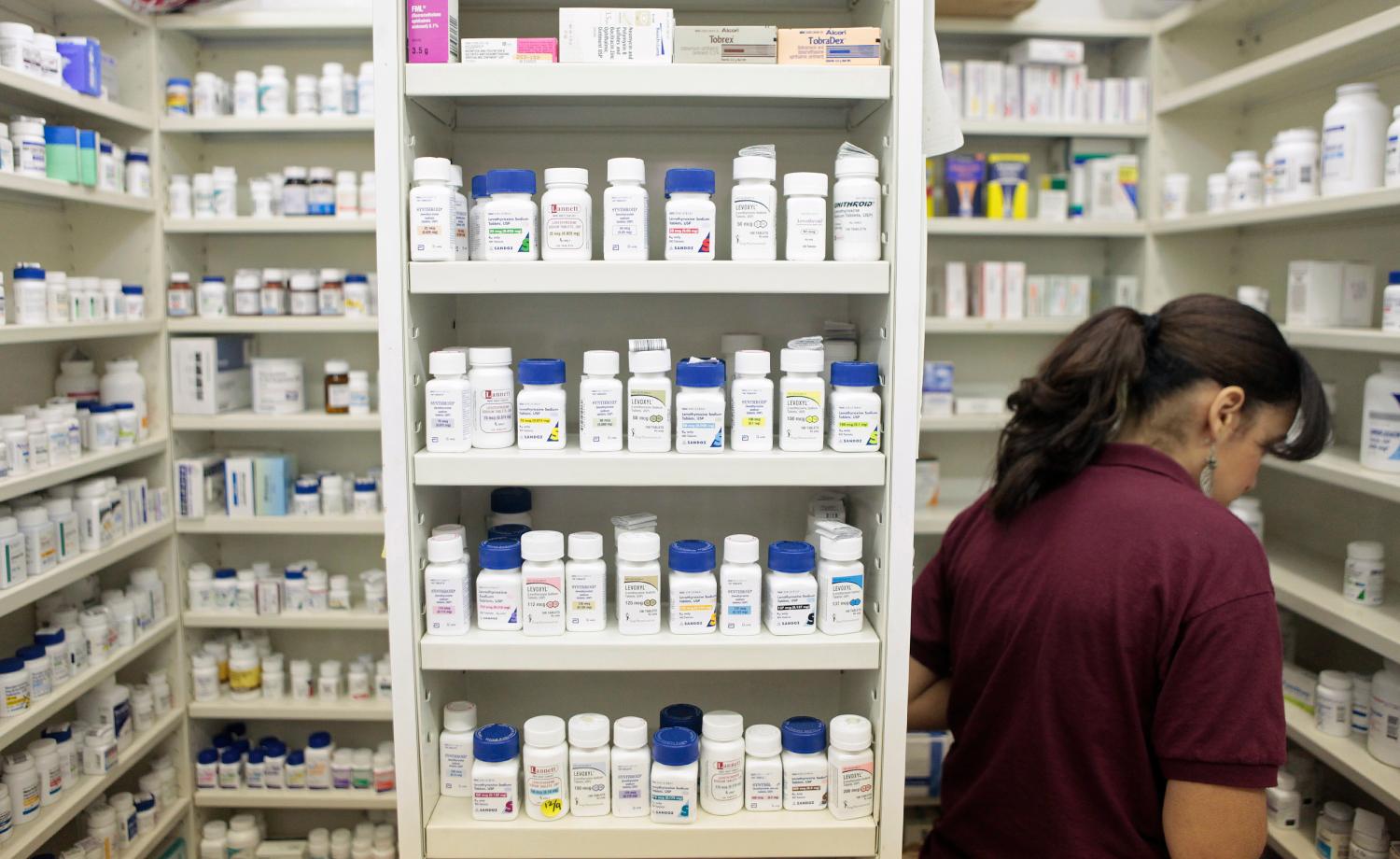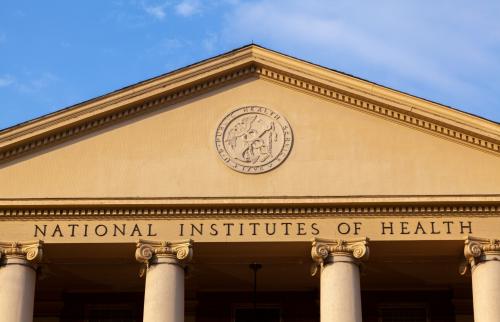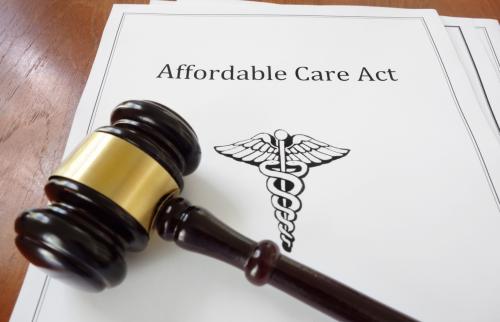This analysis is part of The Leonard D. Schaeffer Initiative for Innovation in Health Policy, which is a partnership between the Center for Health Policy at Brookings and the USC Schaeffer Center for Health Policy & Economics. The Initiative aims to inform the national health care debate with rigorous, evidence-based analysis leading to practical recommendations using the collaborative strengths of USC and Brookings.
In 2016, roughly 62,000 retail pharmacies filled over 4.4 billion drug prescriptions, costing almost $400 billion and accounting for more than 10 percent of overall U.S. health care spending. Almost 9 of 10 retail prescriptions—4 billion—were for low-cost generic drugs, accounting for about $100 billion in drug spending. The actual cost of generic drugs is small fraction of what pharmacies are paid for these drugs. In contrast, brand name drugs, which lead the way for innovation in the pharmaceutical industry, have much more expensive ingredients and are less profitable for retail pharmacies.
In “Would price transparency for generic drugs lower costs for payers and patients?“, Steven Lieberman and Paul Ginsburg provide background information on generic prescription drug pricing and outline a proposed policy to generate information on actual average prices paid by retail pharmacies to acquire generic drugs.
The U.S. system for selling prescription medicines involves multiple parties, differs markedly for generic and brand drugs, has complex, nontransparent financial arrangements, and limits available information in asymmetric ways that disadvantage third-party payers and patients.
Health plans rely heavily on contracted pharmacy benefit managers (PBMs) to negotiate reimbursement terms on their behalf with retail pharmacies. However, PBMs have more knowledge of actual generic drug costs and profit by keeping generic drug reimbursement generous. This disincentive to keep generic drug reimbursement low for their health plan client poses an apparent conflict of interest for PBMs and increases health plan spending to the extent that a lack of information about actual generic drug costs leads to excessive reimbursement.
The proposed policy would make actual average generic drug price information selectively available to third-party payers and would analyze the likely effects of limited price disclosure on competition and efficiency. The authors estimate additional information would cut health spending $4 billion for every $1 reduction in the average reimbursement to retail and mail-order pharmacies for a generic prescription.
The author(s) did not receive any financial support from any firm or person for this article or from any firm or person with a financial or political interest in this article. They are currently not an officer, director, or board member of any organization with an interest in this article. Steve Lieberman consults for The Pharmaceutical Research and Manufacturers of America (PhRMA), which represents brand drug manufacturers but not generic drug manufacturers, on issues related to CBO scoring and the budget.
The Brookings Institution is committed to quality, independence, and impact.
We are supported by a diverse array of funders. In line with our values and policies, each Brookings publication represents the sole views of its author(s).





